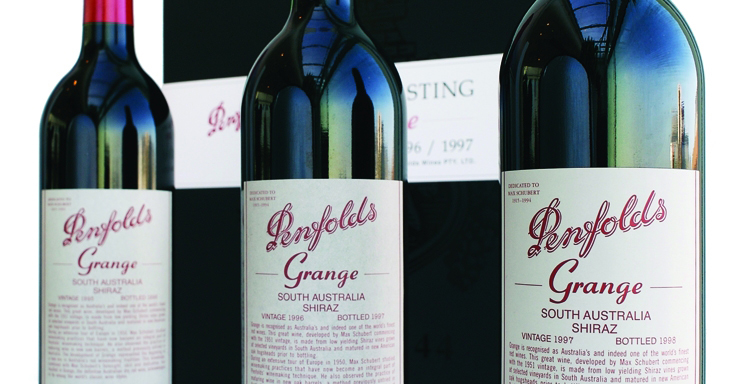What are the alternatives to stockmarket investment? Besides the traditional investing in property there are a range of alternative investments out there including art, wine, photography, classic cars and even stamps.
According to Access Economics, wine has consistently outperformed all other asset classes during the past decade, achieving a remarkable 320 per cent growth between the years 1991-2006. A bottle of Penfolds Grange (1951) valued at $6,000 in 1996 sold for $32,000 a decade later. During the same time span, a Penfolds Grange 1958 increased in value from $3,500 to $13,000.
“You need to be careful investing in wine but if you get it right, it can make you a lot of money,” said Graham Wright, a partner in Oddbins.
“It is definitely a long-term investment and you need to make sure that you have an idea about wines; understand vintages; storage conditions and auction prices. “It is important to have a good representation of well-regarded wines from respected vintages from around the world. Also add a few unknowns as this will add spice to your collection.”
The Australian Bureau of Statistics figures show that Australia produced 1.2 billion litres of wine in 2007-08 making Australia one of the top 10 wine-producing countries in the world. The consumer has plenty of wine to choose from. But which wines should the investor choose? Getting the selection right is another skill.
“Five years is generally the minimum you would wait to see a return on your investment,” Wright said. “You need to be patient and develop an understanding and appreciation of the subject. Take wine appreciation courses, visit wineries, talk to experts and generally find out as much information as you can before you invest.”
Art is one asset that could increase in value beyond your wildest dreams. It is better classified as a long-term asset rather than a current asset and the returns can be amazing if you select the right works by the right artist.
“One of the keys to investing in the art market is longevity,” Damian Hackett, executive director of Deutscher and Hackett, said “Those in the art business will respond to you in a more positive way if you are looking to make a slow buck.”
Art investments that have done well include Brett Whiteley’s View from the Window, Bali, 1978 bought through Christie’s in 1998 for $92,700 and sold in August 2008 for $336,000. Or Del Kathryn Barton, who won the Archibald Prize in 2008: her painting Girl as Owl, 2004 was originally purchased by the Karen Woodbury Gallery, Melbourne, for $5,000 in 2005 and was sold in April 2009 for $48,000. Both paintings were sold by Deutscher and Hackett.
“In 1998 the total turnover in auction rooms for art was $50 million,” Hackett said. “Even though the global economy is going through a difficult phase, art prices have remained fairly strong. Approximately 80 per cent of pictures are being sold in auctions. What is interesting is the amount of people holding onto stock. They are good assets to hang onto.
“A lot of seasoned investors are buying heavily with an eye to the future. It is important for those wanting to enter the market to do some research, speak to people in the know and don’t be impatient about getting a return. “Remember dealers will be hopeful about those paintings and pictures that they want to see again in the future. Generally, it takes about five years to get a return but people have made profits in a two-year period. Choose carefully and hang it on the wall to appreciate.”
Remember whatever you choose as an alternative investment, and wine and art seem to be popular, do your research, enjoy the investment – but not too much if it is wine – and be prepared to be patient. Good things come to those who wait.
